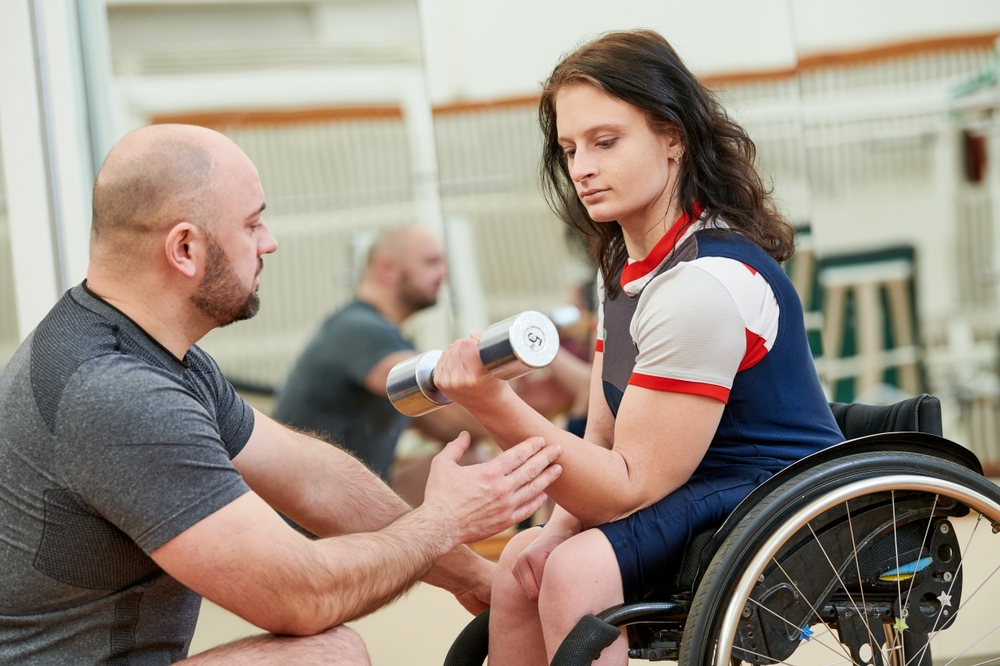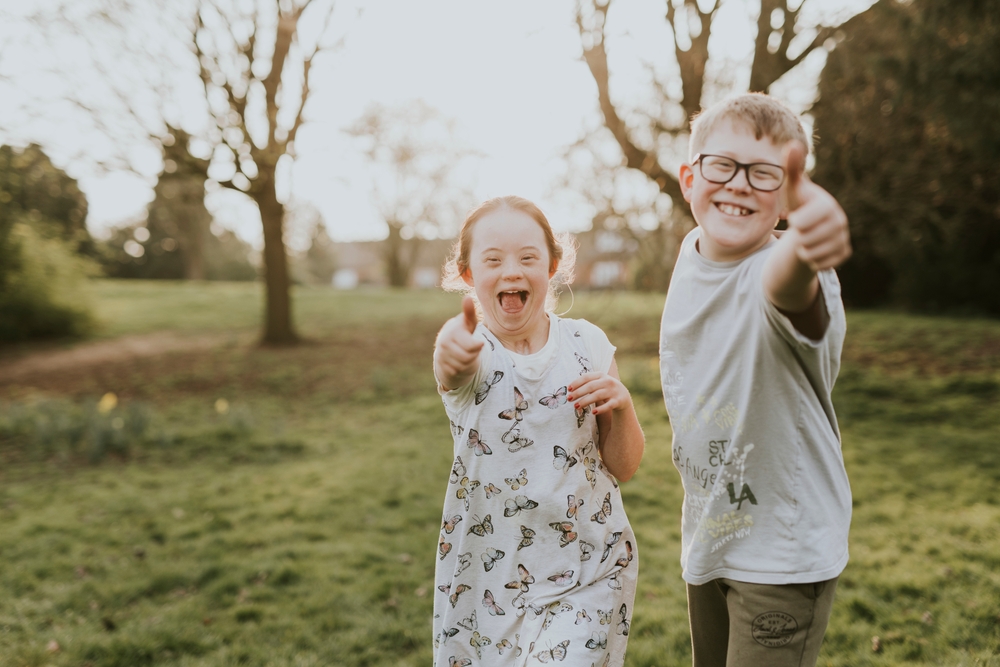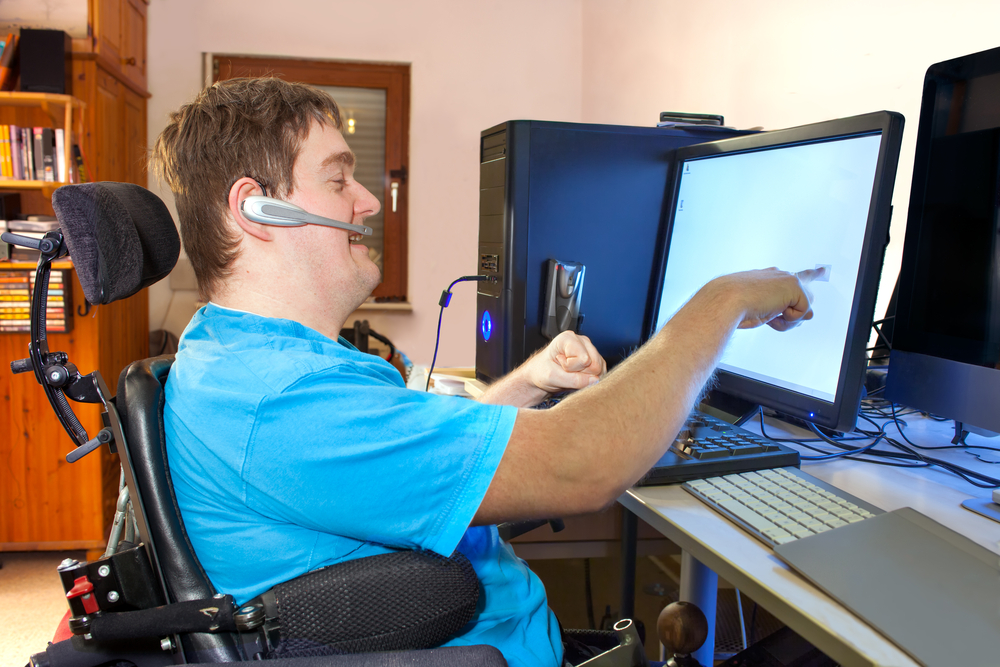Make an Appointment
Children with developmental delay often benefit from a comprehensive treatment approach that addresses multiple areas of need simultaneously. By combining the strengths of speech therapy and occupational therapy, collaborative care can support improved communication, enhanced functional skills, and overall development. This blog provides an in-depth guide to how these two essential therapies work together, highlighting the benefits of an integrated, client-centered approach for children and their families.

Understanding Developmental Delay
What is Developmental Delay?
Developmental delay refers to a significant lag in a child's physical, cognitive, social, or emotional development compared to typical developmental milestones. It may affect areas such as speech, motor skills, social interactions, and self-care. Early intervention is key to helping children reach their full potential and improving long-term outcomes.
Key Challenges Faced by Children with Developmental Delay
Communication Difficulties:
Delays in speech and language development can hinder social interactions and learning.
Motor Skill Impairments:
Challenges with coordination and fine motor skills may affect daily activities and academic performance.
Social and Emotional Barriers:
Difficulty interpreting social cues and managing emotions can lead to frustration and isolation.
Adaptive Functioning:
Struggles with daily living tasks may require additional support to foster independence.
Understanding these challenges highlights the need for targeted therapies that work together to support a child’s overall development.
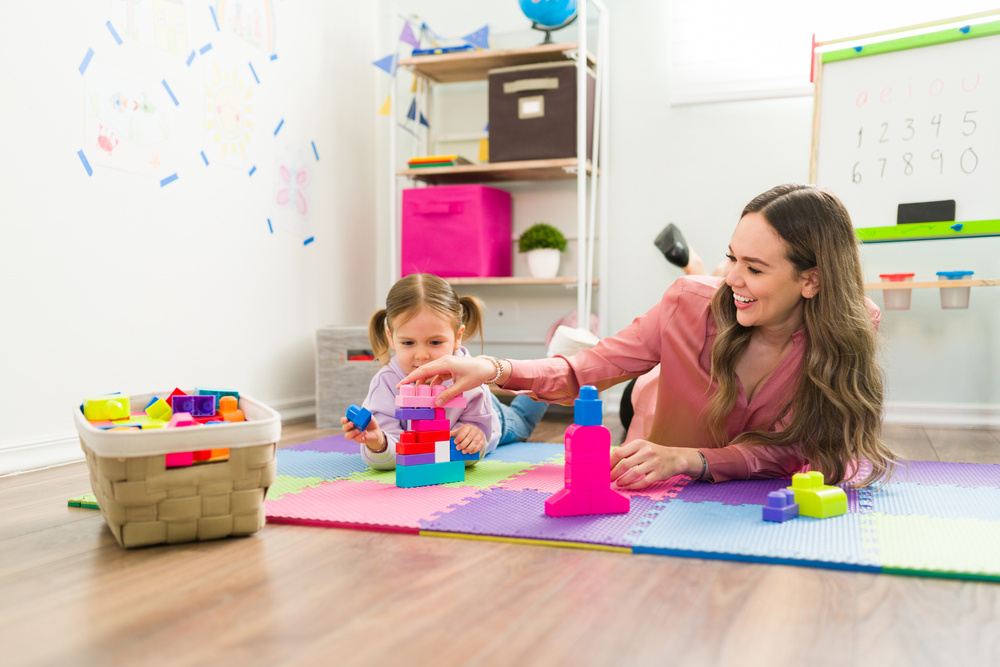
The Role of Speech Therapy in Collaborative Care
Speech therapy plays a crucial role in supporting communication and language development in children with developmental delay. It focuses on improving the ability to express thoughts, understand language, and develop effective social communication skills.
Key Aspects of Speech Therapy
Enhancing Speech Clarity:
Techniques to improve pronunciation and articulation.
Language Comprehension:
Exercises designed to boost understanding of spoken language.
Social Communication Skills:
Strategies to help children interpret and use non-verbal cues such as facial expressions and gestures.
Alternative Communication:
Utilisation of augmentative and alternative communication (AAC) tools when needed.
Through these methods, speech therapy empowers children to communicate more effectively, thereby improving academic performance and social participation.
For more information on speech therapy for children, visit Speech Pathology Australia.

The Role of Occupational Therapy in Collaborative Care
Occupational therapy focuses on enabling children to participate in everyday activities by improving their motor skills, sensory processing, and functional independence. It works hand-in-hand with speech therapy to create a supportive, holistic intervention plan.
Key Aspects of Occupational Therapy
Fine and Gross Motor Skills:
Exercises and activities to enhance coordination and strength.
Sensory Integration:
Strategies to help children process sensory information effectively, reducing sensory overload.
Adaptive Techniques for Daily Living:
Training in self-care, classroom tasks, and play activities to boost independence.
Environmental Modifications:
Recommendations for adapting home or school settings to better support the child’s needs.
Occupational therapy helps children build the skills required for daily activities, complementing the communication improvements gained through speech therapy.
Learn more about occupational therapy at NDIS – Occupational Therapy.

Integrating Speech and Occupational Therapy
When speech therapy and occupational therapy work together, they create a synergy that enhances the overall treatment outcomes. This integrated approach means that strategies from both disciplines are combined to support a child’s daily functioning in a cohesive manner.
Coordinated Goal Setting:
Speech therapists and occupational therapists collaborate to set common, achievable goals that address both communication and functional skills. For instance, while a speech therapist may focus on improving a child’s ability to articulate needs, an occupational therapist can work on adaptive techniques to help the child perform the corresponding daily task. This alignment ensures that the skills learned in therapy are directly applicable to everyday activities.
Reinforcement Across Settings:
Integrated sessions can occur in real-life settings, such as the home or classroom, where therapists jointly observe and guide the child through tasks. This real-world practice reinforces communication skills and functional independence simultaneously, allowing the child to better generalise the skills across different environments.
Streamlined Communication Among Professionals:
When both therapies are provided by a coordinated team or a single organisation, there is seamless communication between therapists. This ensures that interventions are consistent and that progress in one area (e.g., improved language skills) supports development in another (e.g., better participation in daily tasks).
Holistic Support for Families:
Collaborative care not only benefits the child but also supports families. Caregivers receive unified advice and training on how to reinforce therapeutic techniques at home, leading to a more integrated and less fragmented approach to the child’s development. This cohesive support can reduce caregiver stress and foster a more positive family environment.
By working together, speech and occupational therapists create a comprehensive and harmonious treatment plan that addresses the multifaceted needs of children with developmental delay, leading to improved overall outcomes and a better quality of life.
Key Strategies for Integrated Intervention
A multidisciplinary approach is essential for addressing the diverse needs of children with developmental delay. Key strategies include:
Coordinated Treatment Planning:
Professionals from both disciplines work together to develop a unified treatment plan tailored to the child's specific needs. This plan ensures that therapy sessions complement each other and focus on shared goals, such as improving functional communication during daily activities.
Joint Therapy Sessions:
Where possible, combining therapy sessions reinforces skills across disciplines. For example, a session might include a language exercise integrated with a fine motor task, helping the child practice both communication and coordination in a natural setting.
Family-Centered Approach:
Involving the family in therapy sessions is critical. Training caregivers on how to support both communication and functional activities at home ensures that progress is reinforced consistently across different settings.
Regular Progress Reviews:
Continuous assessment and inter-therapist communication allow for regular adjustments to the treatment plan, ensuring that the interventions remain effective as the child grows and develops.

Who Can Assist?
Achieving the best results for children with developmental delay requires a dedicated team of allied health professionals. The following disciplines are critical in providing comprehensive, collaborative care:
Speech Pathologists:
Specialists in language and communication who work to enhance speech clarity, comprehension, and overall communication skills.
Occupational Therapists:
Experts who focus on improving motor skills, sensory integration, and daily living abilities.
Paediatric Physiotherapists:
Although not always directly involved in speech or occupational therapy, these professionals help improve overall mobility and strength, supporting the child’s functional development.
Psychologists/Counsellors:
Provide emotional and behavioural support to help children and families manage the challenges associated with developmental delay.
Educational Support Professionals:
Collaborate with therapists to support learning and classroom engagement, ensuring that interventions are effectively integrated into educational settings.
When all these services are delivered by the same organisation or closely coordinated team, it ensures seamless communication, consistency in treatment, and a unified approach to achieving the best outcomes for your child.
:
Learn more about our integrated allied health services by visiting the Physio Inq Website
Frequently Asked Questions
What is collaborative care for children with developmental delay?
Collaborative care involves a coordinated approach where multiple allied health professionals—such as speech pathologists and occupational therapists—work together to create a comprehensive treatment plan tailored to the child's unique needs.
How does combining speech therapy and occupational therapy benefit my child?
This integrated approach ensures that improvements in communication are reinforced by enhanced motor and sensory skills, resulting in more effective daily functioning and social engagement.
Who can benefit from this collaborative care model?
Children with developmental delay, regardless of the severity of their challenges, can benefit from a multidisciplinary approach that addresses speech, motor skills, sensory processing, and daily living tasks.
How often should these therapies be conducted?
The frequency of therapy sessions depends on the individual needs of the child. A typical program might involve multiple sessions per week, with regular reviews to adjust the treatment plan as progress is made.
Are these approaches supported by research?
Yes, extensive research supports the effectiveness of multidisciplinary and collaborative care approaches in improving outcomes for children with developmental delay. Reputable organisations such as the Australian Psychological Society and NDIS provide further insights into these strategies.
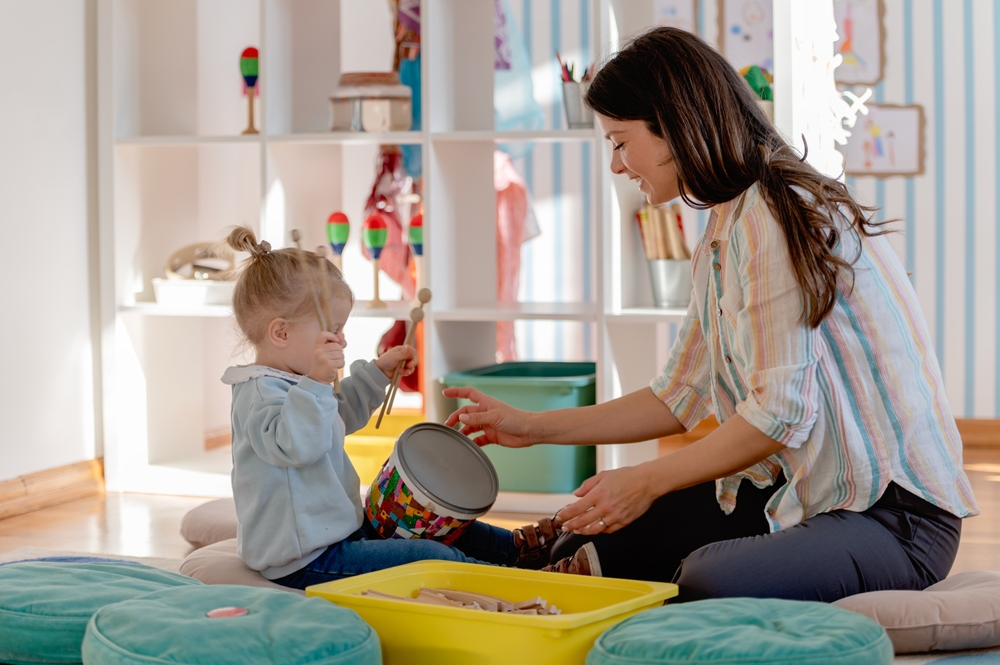
Conclusion
Collaborative care that integrates speech therapy and occupational therapy offers a powerful, holistic approach to supporting children with developmental delay. By combining these specialised therapies, children benefit from enhanced communication, improved motor and sensory skills, and a more supportive environment for growth. This multidisciplinary model not only streamlines treatment but also ensures that all aspects of the child’s development are addressed in a cohesive, client-centered manner.
When delivered by a coordinated team within a single organisation, the benefits are further amplified through consistent care, improved communication among professionals, and greater convenience for families. This integrated approach empowers children to achieve their full potential and enhances the overall quality of life for both the child and their caregivers.
Take the Next Step:
If you’re ready to explore collaborative care for your child with developmental delay, contact us today to book an appointment or make a referral. To learn more about our comprehensive services, please explore:
Take the first step to live a life with less limits.

Date Published: Friday, March 28, 2025
Locate a Children's Speech Pathology
Service Near me
Get the experience & convinence you deserve to support your or a loved one's allied health needs.
Our Children's Speech Pathology team are currently serving & taking appointments in the following states and regions in Australia:
Need to get into direct contact with ur Client Services team? We're all ears. Call our team directly on 1300 731 733
